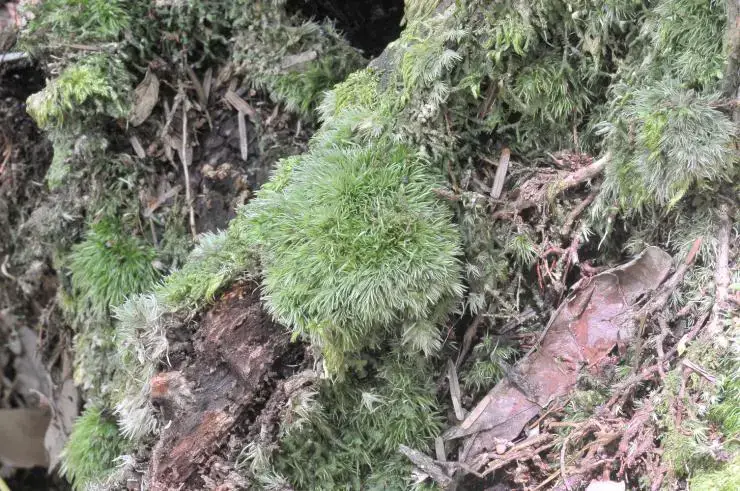
7037e79d418c961c5141889e083833ce.jpg from: https://taieol.tw/muse/digi_object/2355523fe7d6b11d4b7a8ac495911fd7
Hildebrandtiella endotrichelloides: The Fascinating Moss of the Pterobryaceae Family
Introduction
Mosses are often overlooked, but they play important ecological roles and exhibit remarkable adaptations. One particularly interesting moss is Hildebrandtiella endotrichelloides Müll.Hal., also known simply as Hildebrandtiella. This unique moss belongs to the Pterobryaceae family. Let’s take a closer look at this fascinating little plant!
Background on Mosses
Mosses are small, non-vascular plants in the division Bryophyta. Unlike other plants, they lack true roots, stems, and leaves. Instead, they have leaf-like structures called phyllids. Mosses reproduce via spores rather than seeds and are found in diverse habitats worldwide, from arctic tundra to tropical rainforests. There are over 12,000 species of moss described by science.
Morphology and Identification
H. endotrichelloides forms loose mats. The main stems are creeping, with dense clusters of upright secondary stems reaching 2-4 cm tall. The phyllids are ovate-lanceolate, 1-2 mm long. A key identifying feature is the presence of filiform paraphyllia – small, thread-like outgrowths – on the stems. Capsules are rare.
Global Distribution and Habitat
This moss has a scattered global distribution, found in parts of Africa, Asia, Australia, and South America. It grows as an epiphyte on tree trunks and branches in moist, shady forests from lowlands to 1500 m in elevation. The species is not considered threatened, but local populations may be impacted by habitat loss.
Ecological Roles and Adaptations
Like other mosses, Hildebrandtiella plays important roles in its forest ecosystems:
- Traps and retains moisture
- Prevents soil erosion
- Provides shelter for micro-fauna
- Serves as substrate for epiphytic organisms
Its creeping and clustering growth form is an adaptation to the epiphytic lifestyle, allowing it to cling tightly to bark surfaces.
Conclusion
Hildebrandtiella endotrichelloides may be a small and cryptic moss, but it has a unique beauty when examined closely. Its fascinating adaptations allow it to thrive in its forest habitats, where it plays underappreciated but vital ecological roles. Next time you’re in a tropical forest, take a moment to appreciate the mighty mosses! What other secrets might these ancient plants hold?